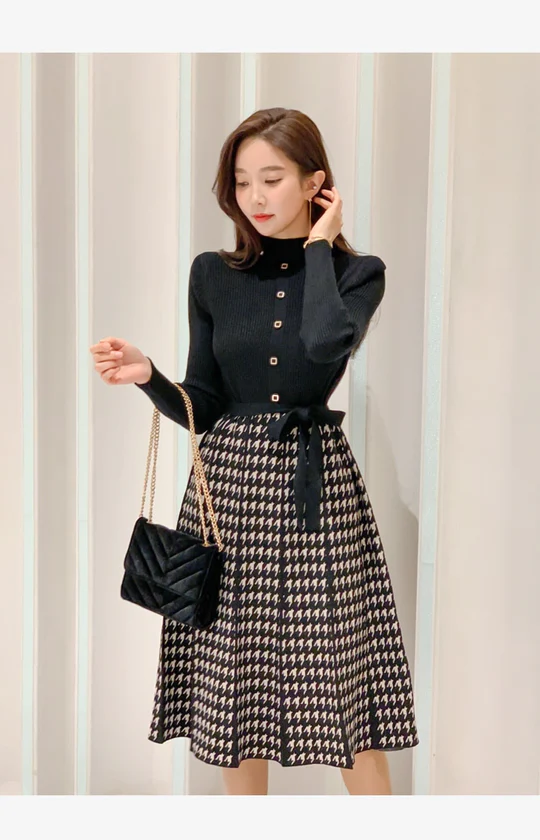-
Noticias Feed
- EXPLORE
-
Blogs
Dark Academia: The Aesthetic of Timeless Intellect and Melancholy Romance

Dark Academia is a cultural and aesthetic movement that romanticizes classical literature, higher education, ancient architecture, and the pursuit of intellectualism. With its roots in the European academic tradition, this aesthetic has gained massive popularity across social media platforms like Tumblr, Instagram, and TikTok. It is deeply influenced by Gothic elements, the Romantic era, and classical ideals, all wrapped in a moody, vintage ambiance that celebrates knowledge and introspection. It is not just a visual style but a lifestyle that encourages learning for learning’s sake, often filled with literary references, candlelit studies, handwritten letters, and autumnal settings.
The Historical Influence and Intellectual Roots of Dark Academia
The intellectual roots of Dark Academia can be traced back to the elite universities of Europe, especially Oxford and Cambridge, where education was not just a career path but a way of life. The architecture of these institutions—ivy-covered stone buildings, echoing libraries, and ancient lecture halls—inspired the architectural preferences of this aesthetic. Additionally, the aesthetic draws heavily from the Romantic and Gothic literary traditions, where mystery, death, love, and learning converge. Literary figures like Lord Byron, Oscar Wilde, and Mary Shelley are icons within this subculture. Their works are not only read but lived through rituals of slow reading, journaling, and philosophical discussion.
Fashion and Personal Style in Dark Academia Aesthetic
The fashion aspect of Dark Academia is a central pillar of the aesthetic. It features timeless, vintage-inspired clothing in muted tones such as browns, greys, and dark greens. Typical outfits include tweed blazers, wool sweaters, button-down shirts, plaid skirts, turtlenecks, trench coats, and oxford shoes. This wardrobe reflects an academic uniform from another era, conjuring the image of a dedicated student wandering through library aisles with a worn leather satchel and a copy of Plato or Nietzsche. This classic and modest fashion style mirrors the serious, scholarly tone that defines the subculture.
A Lifestyle Anchored in Books, Learning, and Art
Dark Academia goes beyond appearance—it is rooted in a lifestyle that values deep intellectual engagement. Members of this subculture are often obsessed with literature, philosophy, history, art, and classical music. Reading old books, studying Latin or Greek, analyzing poetry, attending museums, writing in journals, and engaging in thoughtful debate are common pastimes. The aesthetic celebrates the act of studying not as a requirement but as a joy. It values solitude, rainy afternoons, and quiet places of reflection. These habits often coexist with a romantic melancholy, a subtle acceptance that knowledge can be both enlightening and burdensome.
The Emotional Undertones and Philosophical Themes
One of the unique features of Dark Academia is its acceptance of the darker side of life—melancholy, existential thought, and the inevitability of death. Unlike other aesthetics, it does not shy away from exploring emotional depth. It romanticizes sadness, viewing it as a noble part of the human experience. Inspired by tragic heroes and doomed love stories, it aligns with philosophical movements like existentialism and romanticism. The aesthetic asks heavy questions about life, purpose, and mortality, often using literature and art as mediums for reflection.
Dark Academia in Modern Digital Culture
Despite its focus on tradition, Dark Academia has found new life in the digital world. Social media platforms have allowed the aesthetic to flourish, providing a space for enthusiasts to share poetry, fashion, book recommendations, and aesthetic photos. Study blogs, mood boards, and online journals have become popular digital expressions of this world. Many creators produce content that mixes modern life with old-world charm, like sharing coffee-stained notes or filming candlelit study sessions while classical music plays in the background. This blend of the digital and the vintage shows how timeless values can find relevance in modern society.
The Role of Music, Film, and Visual Inspiration in Dark Academia
Music plays a powerful role in the emotional and creative atmosphere of Dark Academia. Instrumental classical compositions, especially from composers like Chopin, Tchaikovsky, and Debussy, are frequently chosen to set the tone. Film and media also contribute to the aesthetic's visual inspiration. Movies such as Dead Poets Society, Kill Your Darlings, and The Secret History by Donna Tartt are often cited as quintessential examples. These narratives often involve elite universities, passionate intellectual pursuits, and dark secrets, all wrapped in a poetic and often tragic tone.
Controversies and Criticisms within the Dark Academia Aesthetic
While Dark Academia is beloved by many, it has also faced criticism for being elitist, eurocentric, and romanticizing mental illness and unhealthy study habits. The emphasis on Western classical traditions can make the aesthetic feel exclusionary. Additionally, the glorification of overworking or neglecting self-care in favor of academic pursuit can promote harmful behaviors. These concerns have led to calls for a more inclusive and healthier version of Dark Academia—one that welcomes diverse voices, cultures, and academic traditions while still celebrating the joy of learning.
The Evolving Future of Dark Academia
As the aesthetic continues to evolve, it has begun to expand its scope to include more diverse cultures, voices, and intellectual traditions. There is a growing movement within the community to decolonize the aesthetic, explore global literature, and reframe academic excellence beyond traditional Western models. At the same time, digital creators are reimagining the aesthetic in new formats—interactive fiction, visual novels, and immersive online study communities. This ongoing transformation shows that Dark Academia is not a static trend but a living, breathing cultural phenomenon that adapts to the values and questions of each generation.
Conclusion: A Timeless Allure of Knowledge and Nostalgia
Dark Academia is more than just an aesthetic trend; it is a poetic philosophy of life that romanticizes the pursuit of wisdom, the beauty of ancient architecture, the comfort of old books, and the bittersweet nature of existence. Its long-lasting appeal lies in its ability to tap into the universal longing for meaning, connection, and beauty in a chaotic world. Whether it is through candlelit reading sessions, thoughtful walks through university courtyards, or quiet mornings writing poetry by hand





